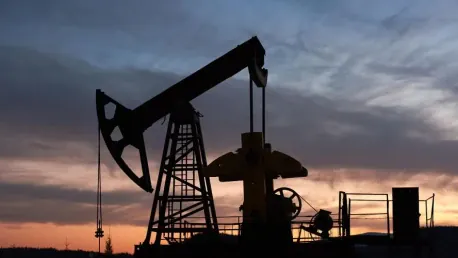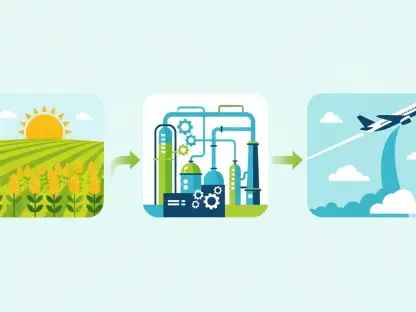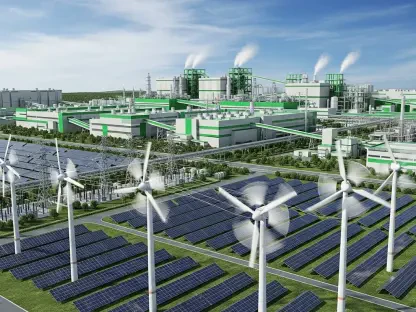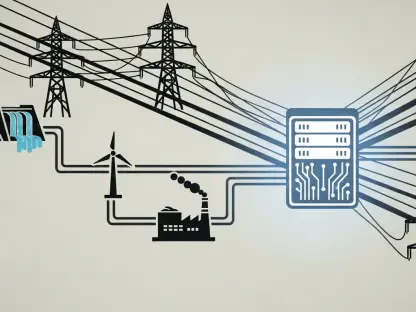The oil market in 2025 is expected to be dominated by bearish sentiment due to an anticipated supply glut. Industry experts project an oversupply in the first half of the year, with rising production from countries outside OPEC+, particularly the United States, Canada, Guyana, Brazil, and Argentina. These countries collectively are expected to increase their oil output by 1.5 million barrels per day (bpd), outpacing the projected demand growth of 1.1 million bpd. This scenario poses significant challenges for OPEC+ as it struggles to navigate the complex market dynamics.
Increased Production from Non-OPEC+ Countries
Surge in U.S. Shale Production
A critical driver of the anticipated oversupply is the surge in U.S. shale production. U.S. shale drillers, having strategically hedged their oil prices, are well-positioned to maintain profitability even amid fluctuating market conditions. This hedging strategy has seen phased price guarantees drop from $85 to $70 per barrel, using Brent prices as a benchmark. This development ensures that U.S. shale producers remain competitive in the global market, further exacerbating the supply glut.
Additionally, major industry consolidations and increased stakes by energy giants such as ExxonMobil are set to sustain and even ramp up production. These companies’ substantial investments in shale production underscore their confidence in the sector’s long-term viability. This sustained production threatens to complicate OPEC+’s efforts to manage supply and demand effectively, as non-OPEC+ output continues to rise.
Contributions from Canada, Guyana, Brazil, and Argentina
Beyond the United States, other non-OPEC+ countries such as Canada, Guyana, Brazil, and Argentina are also poised to significantly increase their oil production. For instance, Canada is leveraging its vast oil sands resources, while Guyana is rapidly developing its offshore oil fields. Brazil and Argentina are similarly ramping up production, driven by the development of their pre-salt oil reserves and unconventional resources, respectively.
This collective increase in production from non-OPEC+ countries is expected to add 1.5 million bpd to the global oil supply. This figure stands in stark contrast to the projected demand growth of only 1.1 million bpd, highlighting the potential for a pronounced supply-demand imbalance. As these countries expand their output, they will likely capture a larger share of the global oil market, putting additional pressure on OPEC+ to reconsider its production strategies.
OPEC+ Challenges and Strategic Responses
OPEC+’s Spare Capacity
One of the critical factors shaping OPEC+’s strategy is its spare capacity, particularly that held by Saudi Arabia. The kingdom possesses over half of OPEC+’s 6 million bpd spare capacity, providing the group with a valuable buffer to influence global oil prices. However, despite this significant reserve, OPEC+ has shown reluctance to increase production, driven by concerns over maintaining price stability and averting a price crash.
This cautious approach by OPEC+ reflects a broader strategy to protect oil prices by controlling supply. However, this strategy may only provide short-term relief. As non-OPEC+ production rises, OPEC+ could find it challenging to maintain its influence over the global oil market. The group’s efforts to sustain price levels could face growing resistance from the expanding production capabilities of non-OPEC+ countries.
Impact of Regulatory Environment
The regulatory landscape also plays a pivotal role in shaping the future of oil production. Under the presidency of Donald Trump, the United States experienced a favorable regulatory environment for oil production. This environment supported the oil sector’s growth and expansion through relaxed regulations and incentives. However, while such policies do favor increased production, it is the private sector’s enterprise spirit that primarily drives the growth in U.S. shale output.
Moreover, any changes in the regulatory framework could impact future production levels, particularly under different political administrations. For instance, stricter environmental regulations could pose challenges to shale drillers. As regulatory policies evolve, the oil industry will need to adapt to these changes to sustain its growth trajectory. Nevertheless, the current emphasis remains on private sector innovation and investment, ensuring continued competitiveness in the global market.
Market Dynamics and Global Demand
China’s Reduced Oil Import Demand
China’s role as a significant oil importer has been pivotal in shaping global demand. However, recent trends indicate a reduced oil import demand from China. This shift is partly driven by the country’s efforts to transition to cleaner energy sources and reduce its reliance on fossil fuels. Additionally, China’s economic growth has shown signs of moderation, further impacting its demand for oil.
The International Energy Agency (IEA) has forecasted tepid global demand growth, reflecting these broader trends. As China’s import demand wanes, it further contextualizes the sluggish global demand projected for 2025. This reduction in demand from one of the world’s largest oil consumers poses additional challenges for oil producers striving to balance supply and demand.
Broader Economic and Geopolitical Factors
In 2025, the oil market is expected to be characterized by a bearish sentiment due to a projected oversupply. Industry analysts foresee an excess of oil in the first half of the year, driven by increased production from non-OPEC+ countries, particularly the United States, Canada, Guyana, Brazil, and Argentina. These nations are collectively anticipated to ramp up their oil production by 1.5 million barrels per day (bpd), surpassing the expected demand growth of 1.1 million bpd. This mismatch between supply and demand could result in significant price pressures and challenges for OPEC+ as it attempts to manage the complex market dynamics. The situation may lead to efforts to stabilize the market, possibly involving production cuts or other strategic measures. In addition, advancements in alternative energy sources and changes in global energy policies could further impact the oil market landscape, complicating the efforts of traditional oil-producing countries to maintain their market share and profitability.









